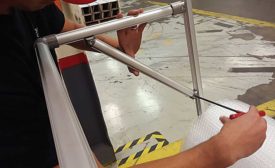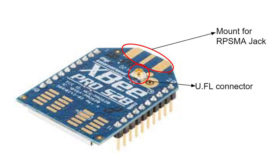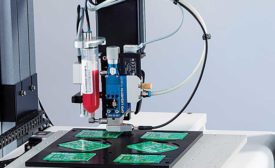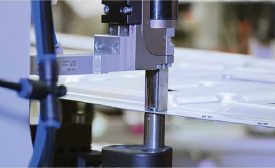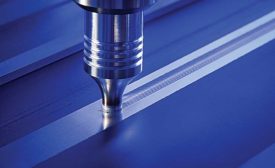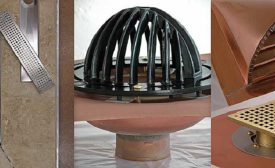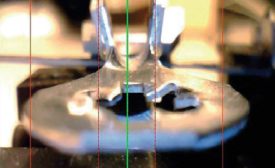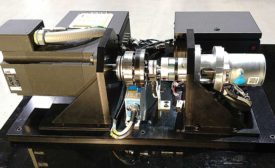Industries
Multiple T-slot framing, pipe-and-joint and square-tube systems let engineers get creative when building workstations, flow racks and other production structures
Read More
Connector, Cables, and Antenna Selections for IoT Modules
The choice of cable, connector, or antenna relies heavily upon the application.
October 31, 2017
New Technology for Micro-Dispensing
Noncontact jetting offers distinct advantages over needle-based technology for micro-dispensing applications.
October 19, 2017
Software Aids Harness Design at Porsche
To manage the increasing complexity of vehicle electrical systems, Porsche relies on object-oriented, database-driven design software.
October 19, 2017
Fasteners for Automotive Lightweighting
Hybrid welding-fastener processes join self-piercing riveting as the best technologies for automotive lightweighting.
October 17, 2017
Friction Stir Welding Expands Its Reach
Originally developed for joining aluminum, friction stir welding is now being applied to other materials, including steel, copper, titanium and even nylon.
October 12, 2017
Crimping Small Terminals
Advanced tools and processing equipment are designed to meet the many challenges of crimping small wire.
October 10, 2017
Never miss the latest news and trends driving the manufacturing industry
Stay in the know on the latest assembly trends.
JOIN TODAY!Copyright ©2024. All Rights Reserved BNP Media.
Design, CMS, Hosting & Web Development :: ePublishing
